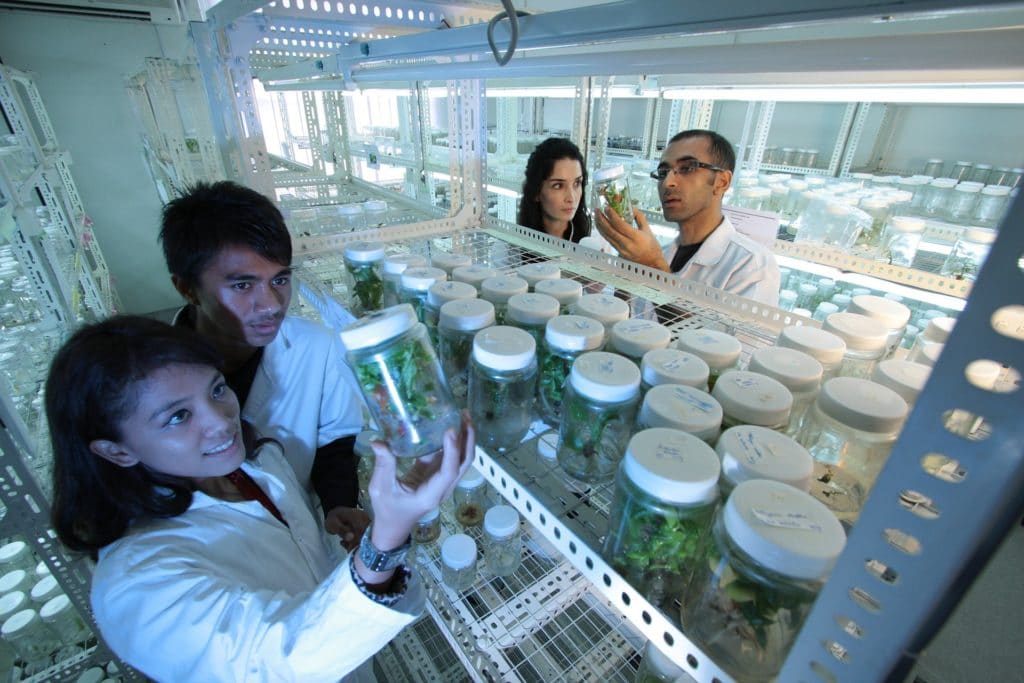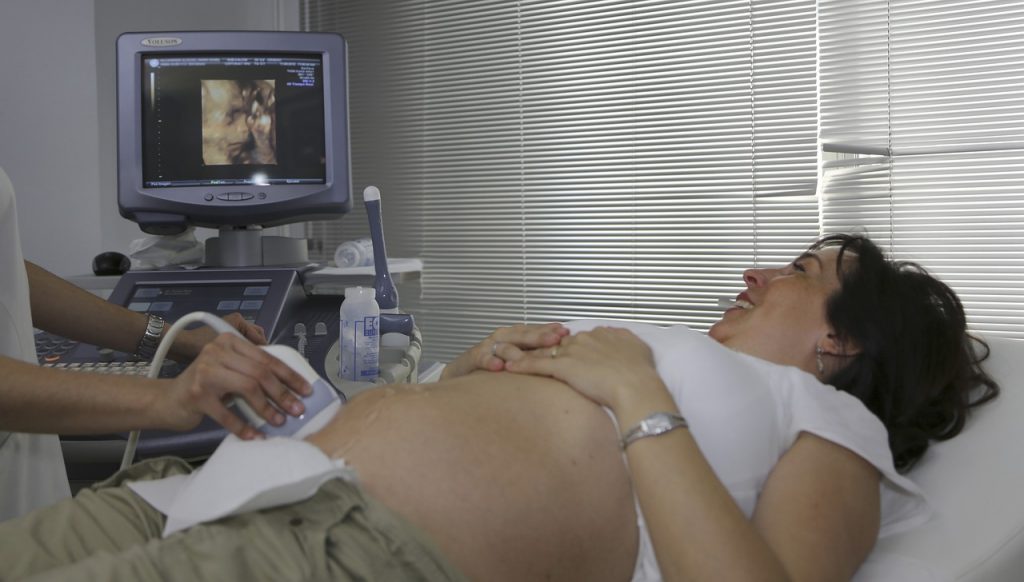This story was originally written in Portuguese, and published to the website of Revista Questão de Ciência. It appears here with permission.
I don’t usually talk about my old job. In addition to remembering stressful and, on many occasions, embarrassing situations, I felt embarrassed when explaining my duties. But it was a turning point in my career: in addition to forcing me to exercise critical thinking, it allowed me to meet many practitioners and users of less-conventional pseudosciences.
Among these meetings, I partially remember a conversation with a couple of floral alchemists. I had never heard of the subject and they kindly explained to me what the practice consisted of, its daily applications in many patients, and how it could be used concomitantly with other supplements and substances that are beneficial to the body to strengthen the immune system and prevent diseases.
They also advised me, if I was interested, to research Joel Aleixo’s AlkhemyLab, one of the greatest Brazilian experts on the subject. I thanked them, wrote down the information, already thinking about how it could be used in an article, and went back to work.
This happened in 2022, and since much more important news came out, I ended up leaving the topic aside. Furthermore, I hadn’t heard anything about the practice for more than two years, which could indicate that they were no longer attracting followers. Unfortunately, I was very wrong.
In a moment of relaxation, while watching YouTube, I received a notification that Paranormal Experience, a podcast that gives space for interviewees to talk about different religious, cultural and philosophical systems, was starting a live broadcast called “Alchemy’s Look at the World – Joel Aleixo”. Naturally, I took this as a sign from the Flying Spaghetti Monster to watch the three-hour broadcast and delve deeper into floral alchemy.
According to autobiographical narratives found in videos and interviews, at a certain point in his life Aleixo had a mystical, perhaps mediumistic experience, followed by a prolonged period of fasting, and from there he received the power to “read” auras, both of people and plants, which gave him the ability to discover which plant preparations would best serve to resolve the “imbalances” of his patients.
Among intriguing statements that appeared in the podcast, the interviewee claims, with great conviction and based on his clinical consultations, that 90% of the patients who seek him out are sick, and also carry with them a story of sadness.
Based on this, he concludes that diseases are not real entities, but rather manifestations of the patient’s “internal fragmentation.” For example, physical fragmentation presents itself in the form of cancers and tumours, while spiritual fragmentation translates into disillusionment and depression. The role of the alchemist would be to penetrate the heart of the matter, explore this story of sadness, and not restrict himself to treating the symptoms alone.
None of this should sound like news to anyone familiar with the most common clichés of health-related pseudoscience – the myth of the “single cause” (all diseases would have a common “root cause”) and the restoration of health by restoring some lost “balance.” This was the common view of human health in pre-scientific times, before the discovery of microorganisms and genetics. Pseudoscientific proposals revive this outdated way of thinking, simply by incorporating modern concepts such as “energy” into the vocabulary.
Aleixo also resurrects the demonstrably erroneous notion that humans use only a small portion of their brain capacity. In the particular version of the myth propagated by him, we use only 4% of our brain, while geniuses such as Michelangelo, Da Vinci, Tesla and Einstein used 8%, due to a brain expansion that allowed them to see a new spectrum where they glimpsed the past, present and future.
During the following hours, other even more problematic misinformation was propagated, such as the therapeutic suggestion of using demineralised water with diamond particles to treat intrauterine trauma (negative information acquired and stored before birth) – we will come back to that.
The new Bach?
Despite many similarities with the Bach Flower Remedies that were developed by English homeopath Edward Bach, the “alchemical” system developed in Brazil is different. According to the Alkhemylab website, the main difference is that the native floral system uses precepts of alchemy throughout the process, from planting to harvesting. Here there seems to be a somewhat eccentric use of the word “alchemy”. Normally, the term refers to the ancient art of purifying, refining and mixing substances that, in addition to a strong empirical aspect – which led to the development of techniques later adopted by chemistry, such as distillation – also involved magical, superstitious beliefs and philosophical speculation.
In the case of alchemical florals, the flowers are grown in mandala-shaped beds, designed to reproduce the patterns of nature. They are harvested according to the lunar cycles. After harvesting, they are transferred to a warehouse, where they are stored in oak barrels and soaked in grain alcohol, remaining at rest for a complete lunar cycle, totalling 28 days.

After completing these 28 days, the flowers are divided into two distinct destinations: those that will be sent to the laboratory for the production of alchemical compounds in spray form, and those that will be used in the production of subtle florals – vibrational florals that act on changing behaviours and the “soul”. The latter are sent to the chapel, a space specially prepared to contemplate the twelve astrological houses. There, the flowers are placed in copper tubes, allowing them to receive the influence of the astrological sign of the person who will ingest them.
Intrauterine Traumas
If these delusions were not enough to make us look at the practice with disbelief, we can return to something that is taught to students of the alchemy school, according to the content presented in “Module 1 of the Joel Aleixo Floral System” of 25 June 2019, and in the work “Intrauterine Traumas” 2nd edition of 17 March 2016. Students are instructed about ancient alchemists, the history of the practice and exposed to some petty allegories to give them the vague impression that the study of alchemy and florals would be “scientific”. For example, it is suggested that the alchemists pointed out that all matter was made of mercury (related to expansion), salt (stabilisation) and sulphur (contraction), but that in fact this was an allegory for electrons, neutrons and protons.
Students also learn the history of Edward Bach, the creator of flower remedies. In addition, to increase the credibility of the practice, the World Health Organization and the inclusion of flower remedies in the National Plan for Integrative and Complementary Practices are mentioned.
Surprisingly, it is possible to find in the midst of this material a warning that flower remedies do not replace “allopathic” treatments (a pejorative term used by alternative medicine to refer to scientifically based medicine) and that their effects have not been scientifically proven. Also, students are informed that the use of flower remedies is preventive, and that “allopathic medicine” is responsible for treating diseases.
However, the very next page in “Module 1” seems to forget those stated limitations, and turns into a pamphlet to help the future alchemist indicate the products produced by Alkhemylab. Here we find a floral compound for everyday stress and extremely appealing promises, such as the compound “Flower of Life”, suggested for the elderly and patients undergoing chemotherapy treatment (pre, during, post).
Furthermore, when students are instructed about subtle flower remedies, those with “vibrational effects”, they learn that they can be divided into three levels according to their action on the human body and psyche. The explanation of the mechanism of action involves the inappropriate and ignorant use of the word magnetism (in nonsense concepts such as “magnetism of warm colours”).
Even more pernicious, in another work, entitled “Intrauterine Traumas”, it is taught that a woman’s gestation lasts 12 months (3 months of spiritual pregnancy and 9 months of physical pregnancy), and that the mother’s negative experiences throughout the process are “imprinted” on the foetus, as “carbon crystals” encapsulated in the bones. These crystals are said to be responsible for many health problems for the baby, such as congenital malformations and genetic syndromes. Depending on the quantity and severity of the trauma, the crystals can penetrate deeper into the bones, reaching the bone marrow, compromising the immune system, causing anaemia and, in extreme cases, leukaemia.
None of this makes any sense. In practice, what we have here is a pseudoscientific mix of concepts used to construct a narrative that blames mothers for their children’s health problems.

Stop being picky!
While gathering information for this article, I came across the following on the São Paulo city government website: “Learn more about therapy with alchemical flowers: Therapy is available to employees at HSPM”. According to the publication, the therapy aims to promote a state of harmony and balance through comprehensive health treatment in the physical, mental, social, emotional and spiritual spheres. It is also stated, with the authority of an official communication from the government, that alchemical flowers can help the patient to carry out their life projects, in addition to bringing awareness to the individual’s life process, including daily life, past and future.
Of course, some advocates of alternative practices could argue that, even without scientific support (and, in fact, making claims that contradict basic scientific laws), alchemical flower remedies can provide emotional or psychological comfort, which is true – except, of course, when they blame pregnant women for the illnesses their child will have in the future, which is not at all comforting.
As discussed in the chapter “Does Truth Matter?” in the book “Trick or Treatment: Truths and Lies About Alternative Medicine,” many advocates of alternative medicine point out that even if the practices lack scientific evidence, they can act as a placebo, providing relief and hope for patients. However, as the authors themselves point out, medications with proven efficacy already trigger a placebo effect. Furthermore, it is important to highlight that alternative treatments and practices that operate only as placebos can end up diverting patients from treatments that really work and prevent serious outcomes.
Knowing how much money is allocated to the health sector and how much the sector remains outdated in several aspects, it is imperative that we discuss whether it is a good decision to allocate even a tiny portion of this amount to practices without scientific support. Short answer: no.



